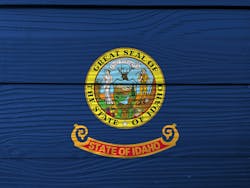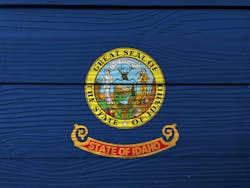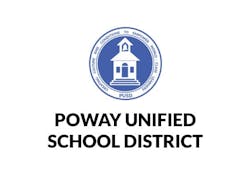$1.5 billion earmarked for school facility upgrades in Idaho
The state of Idaho has agreed to spend an additional $1.5 billion over the next decade to help schools pay for badly needed upgrades of school facilities.
The legislature acted to address the state's long history of failing to provide adequate funding for maintaining schools. The legislation signed by Gov. Brad Little allocates $150 million a year to school districts for 10 years.
The Idaho Statesman and ProPublic have reported extensively on how the state’s reluctance to invest significantly in school facilities has led to students learning in schools with failing heating systems, leaking roofs, discolored drinking water and overcrowded classrooms.
A 2022 report from the state's Office of Performance Evaluations pointed to Idaho's failure to provide school districts with adequate funding for school facility maintenance.
"Idaho ranks near the bottom nationally for funding school building maintenance, bot on a per-student and per-building gross square footage basis," the report said.
The report also noted that Idaho had not conducted a statewide facility condition of school buidlngs since 1993.
Report says Indian Affairs is failing to effectively manage deferred maintenance in schools
A federal report has concluded that Indian Affairs is unable to effectively manage deferred maintenance of the school facilities it operates
The report from the Office of Inspector General for the U.S. Department of the Interior said that the management failures stem from "funding delays, processing work orders based on a monetary threshold, limited project management capacity and unreliable work order data.
Indian Affairs, in collaboration with the Bureau of Indian Affairs and the Bureau of Indian Education, manages 183 elementary and secondary schools and other education facilities.
"As of September 2022, [Indian Affairs] reported that it would cost more than $1 billion to address its deferred maintenance at school facilities," the report says.
Contributing to the delays in carrying out maintenance jobs is the practice of processing work orders as deferred maintenance than operations and maintenance (O&M).
"While school facility staff can immediately address O&M work, deferred maintenance work orders require a more time-intensive funding and approval process that must to through mulitple layers of approval," the report says. "Further, we identified approveddeferred maintenance work orders that, even 22 years after approval, were still not funded."
Poway (California) district has $185 million in deferred maintenance
An assessment of the Poway (California) Unified School District’s aging buildings reported that an estimated $185 million in deferred maintenance is needed to maintain the existing facilities.
The San Diego Union-Tribune reports that the cost estimate came from an assessment by Ameresco Asset Sustainability Group. The size of the deferred maintenance backlog had nearly doubled from the firm's 2019 estimate of $94.7 million.
About 68% of the district's deferred maintenance described as urgent or high priority, the report says.
The 36,000-student district has 770 buildings at 41 sites, with a combined 4.15 million gross square feet, said Rheia Alschbach, Poway's director of capital planning. The average age of the district’s buildings is over 32 years.
In recent years, the district has had to repair leaky roofs, failing air conditioning, outdated plumbing and aging locker rooms, Alschbach said.
The district now budgets about $1 million per year for deferred maintenance, but based on the Ameresco report, an estimated $38.5 million would be needed each year during the next 30 years to maintain facility conditions at the current "fair" level, said Marc Retish of the Ameresco firm.
About the Author
Mike Kennedy
Senior Editor
Mike Kennedy has been writing about education for American School & University since 1999. He also has reported on schools and other topics for The Chicago Tribune, The Kansas City Star, The Kansas City Times and City News Bureau of Chicago. He is a graduate of Michigan State University.



